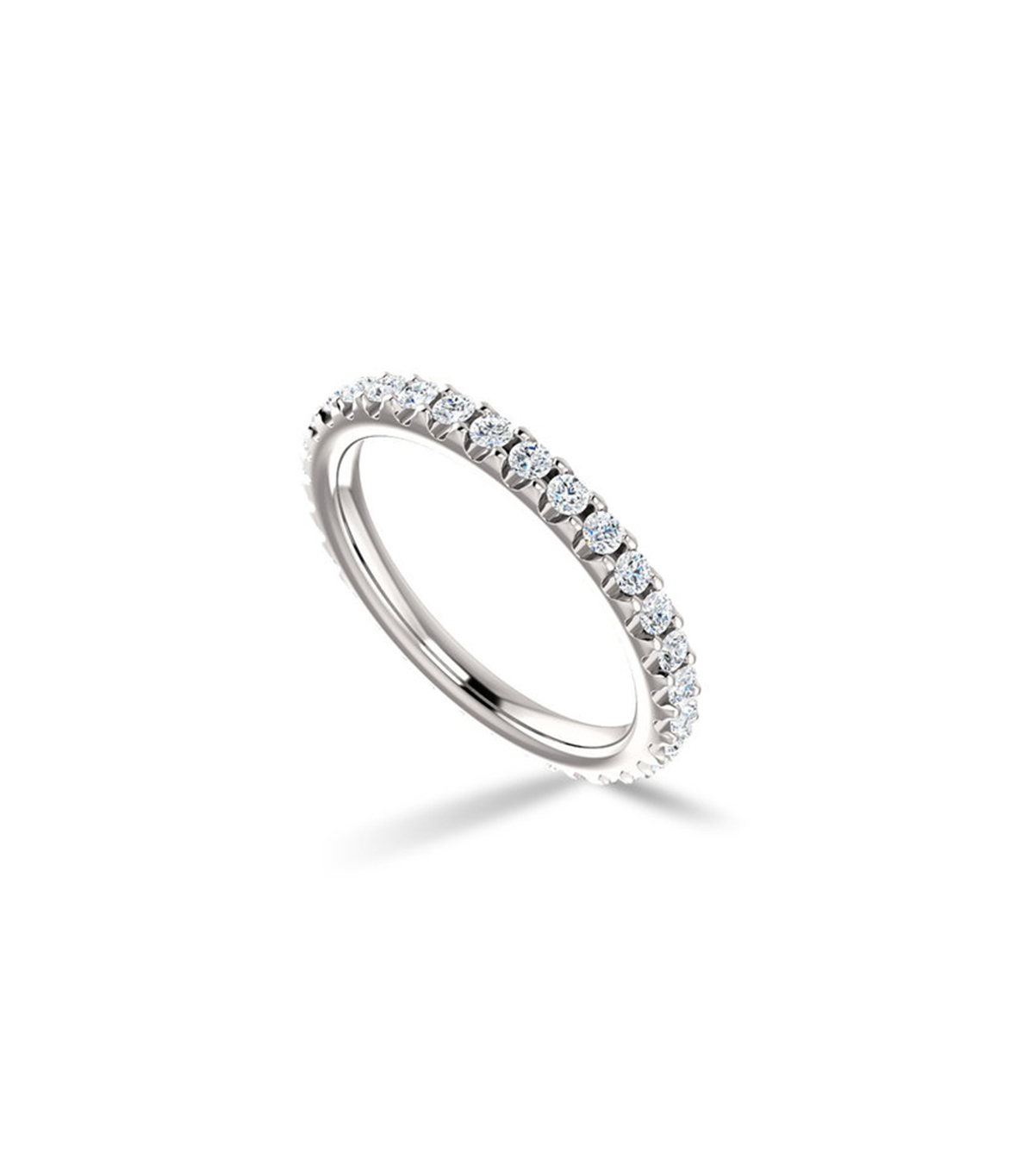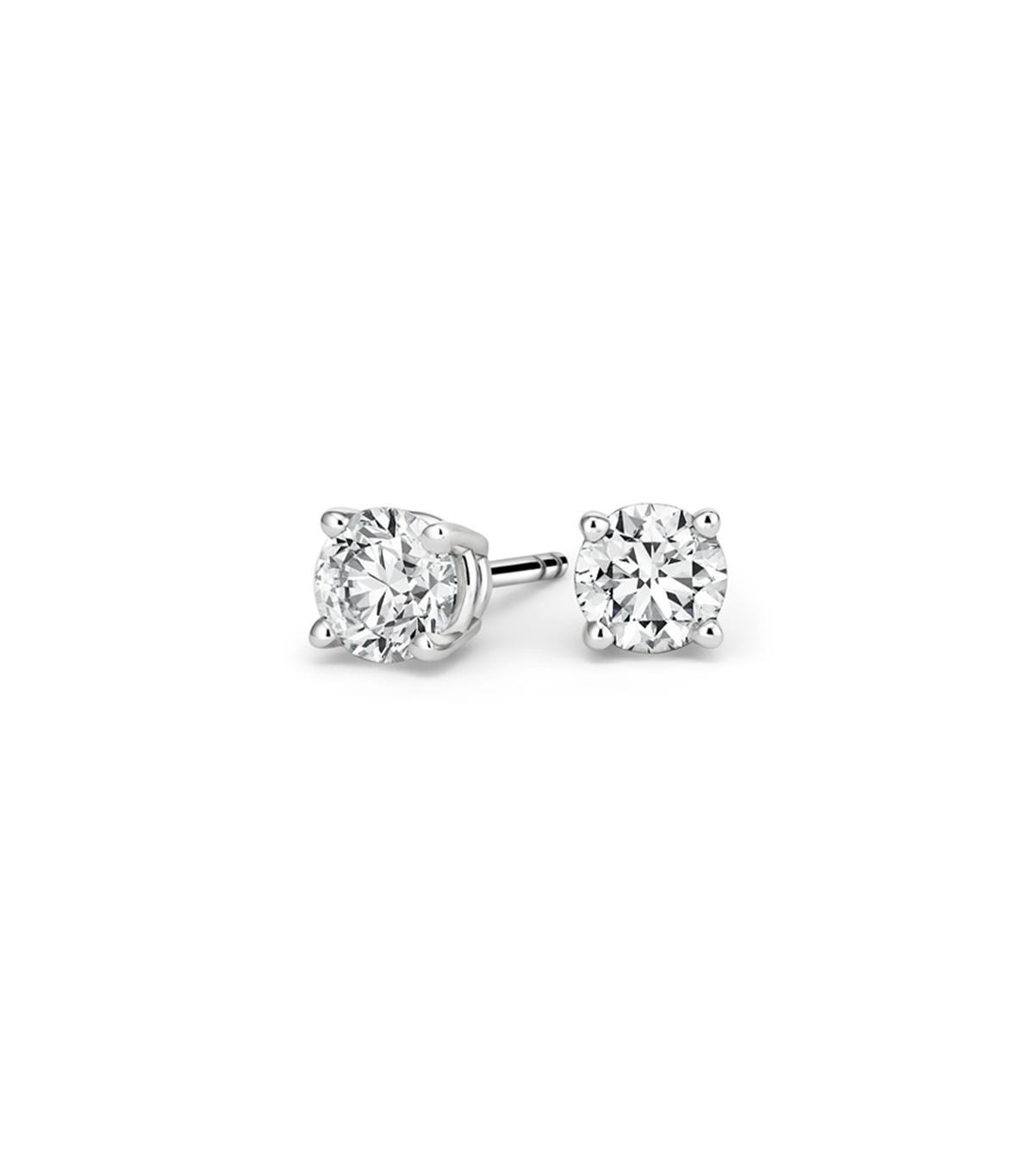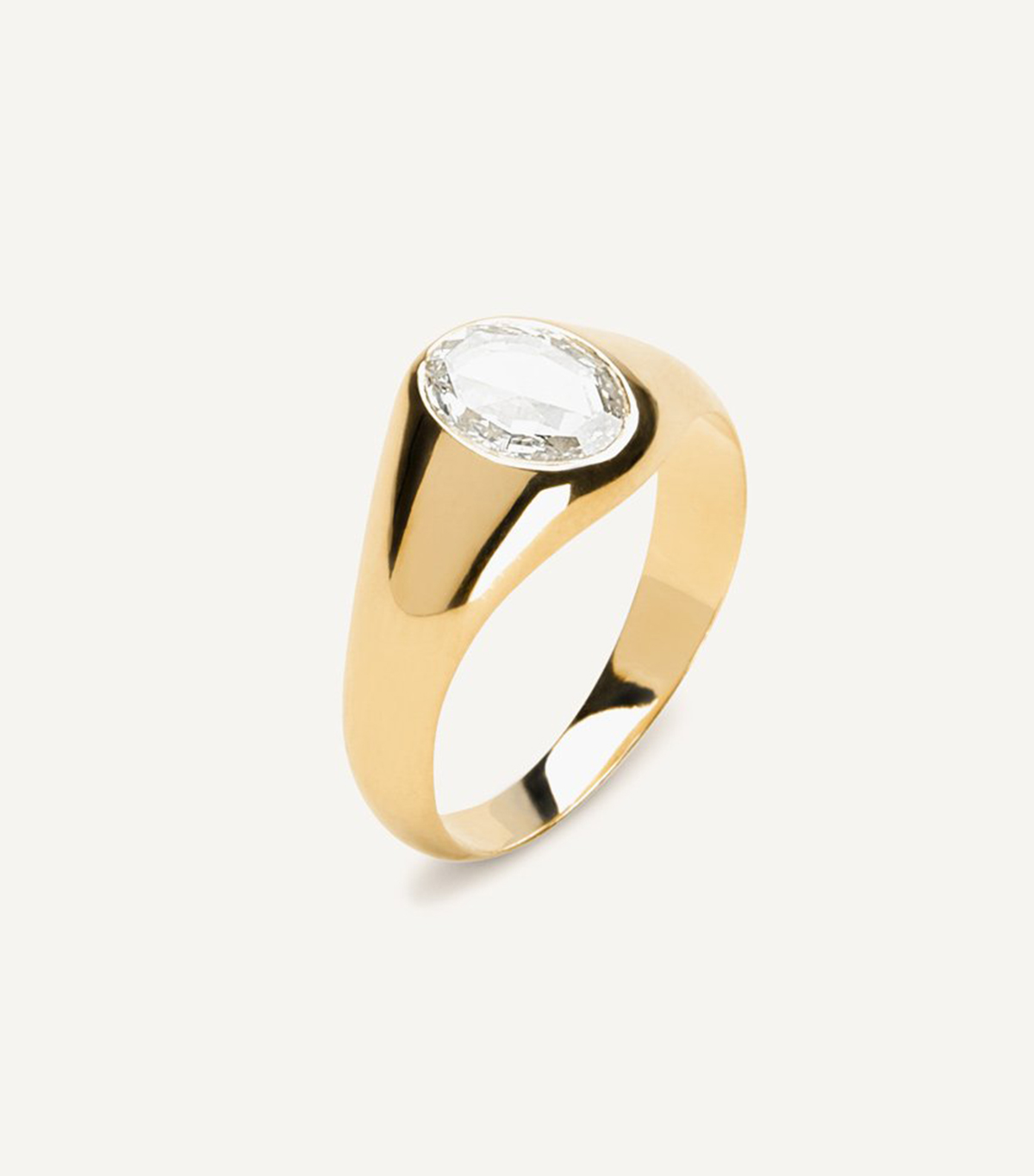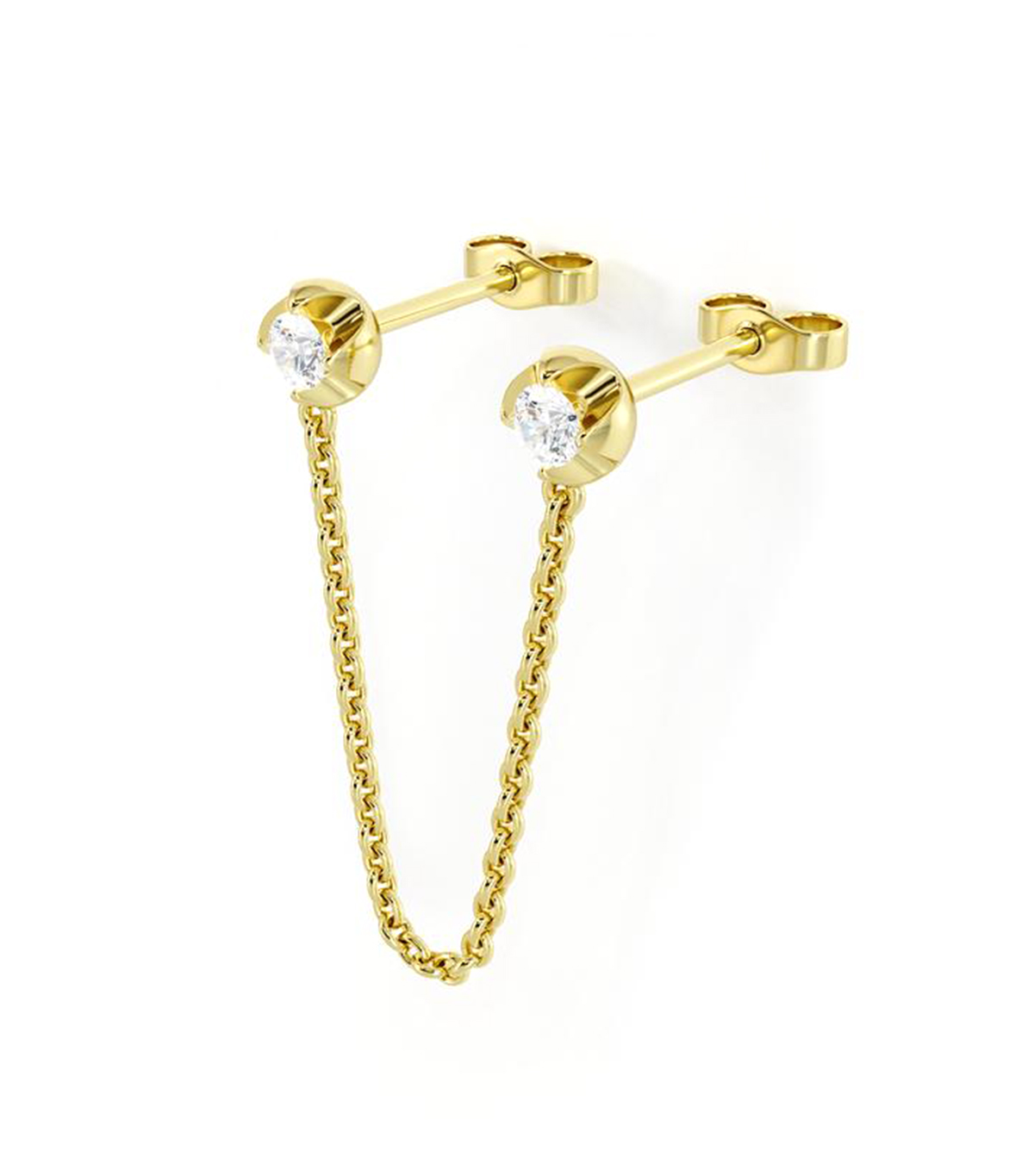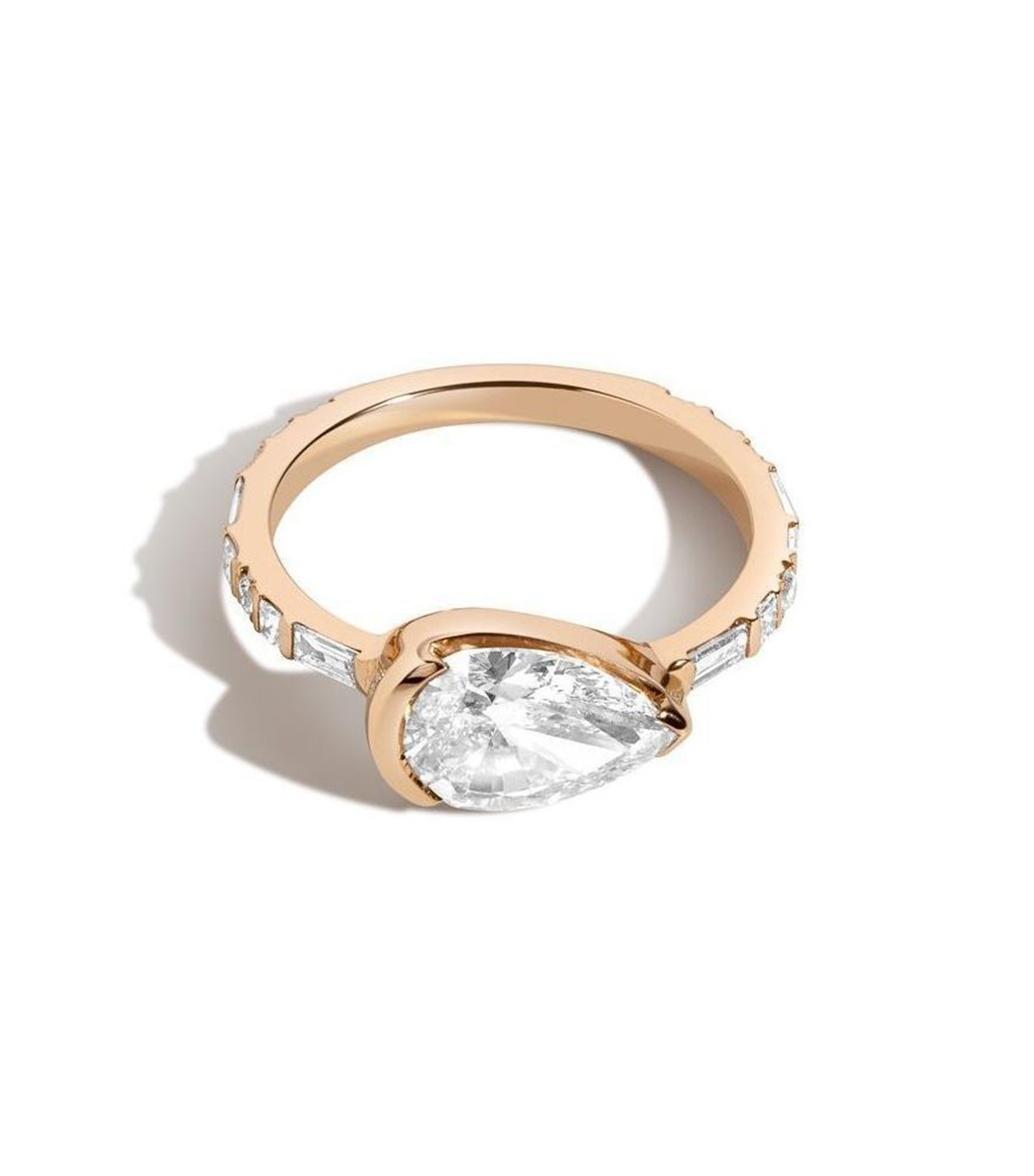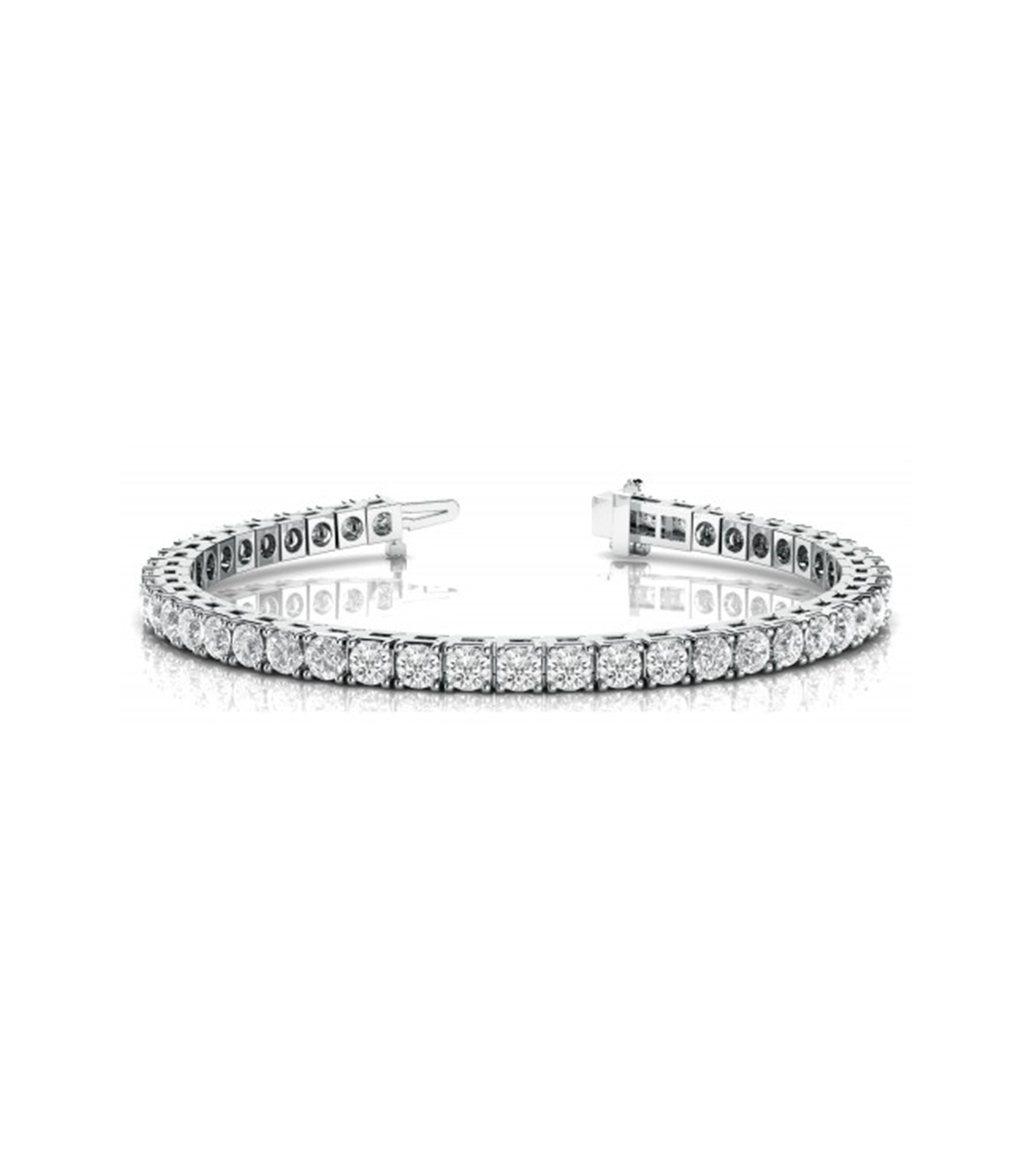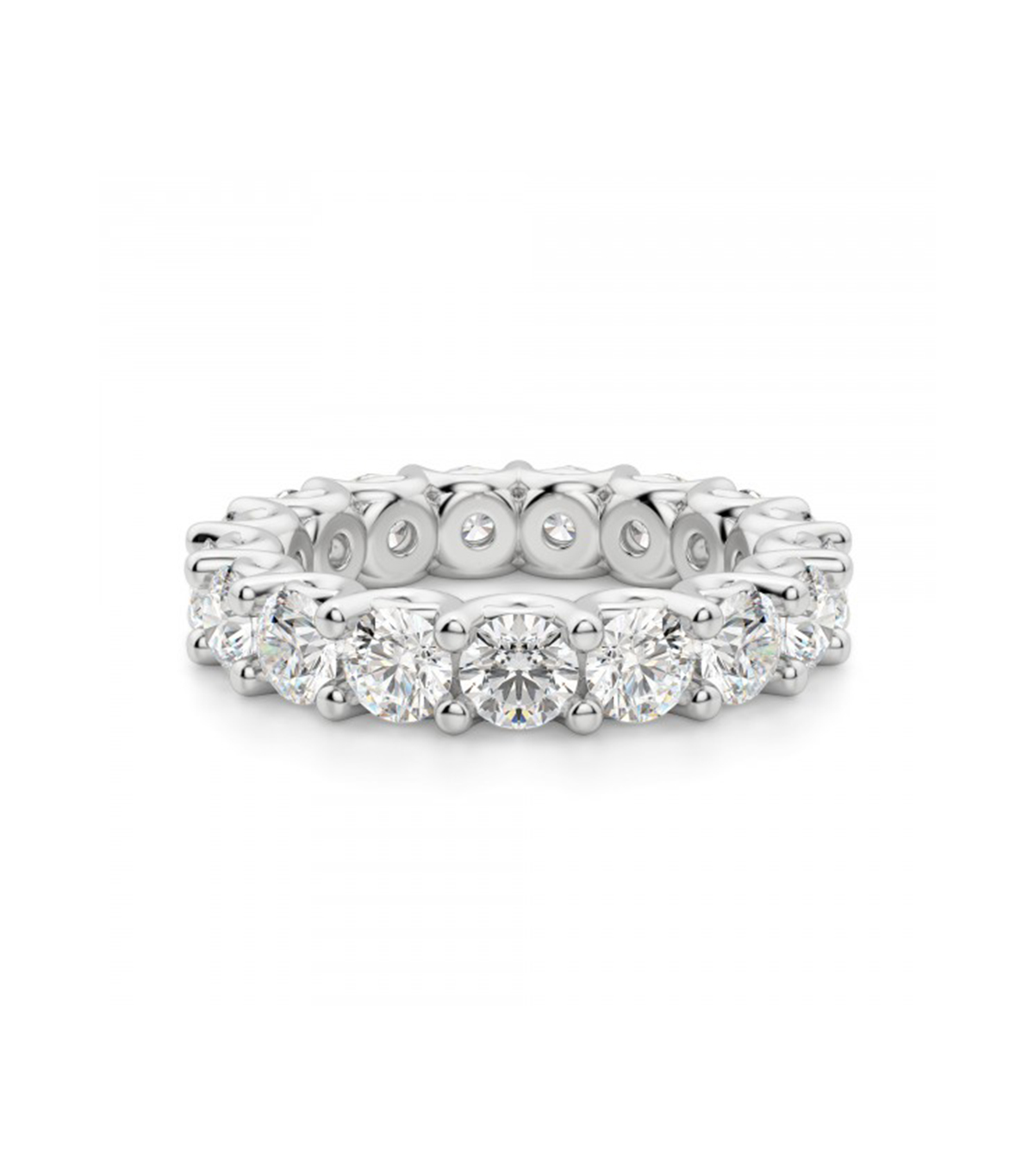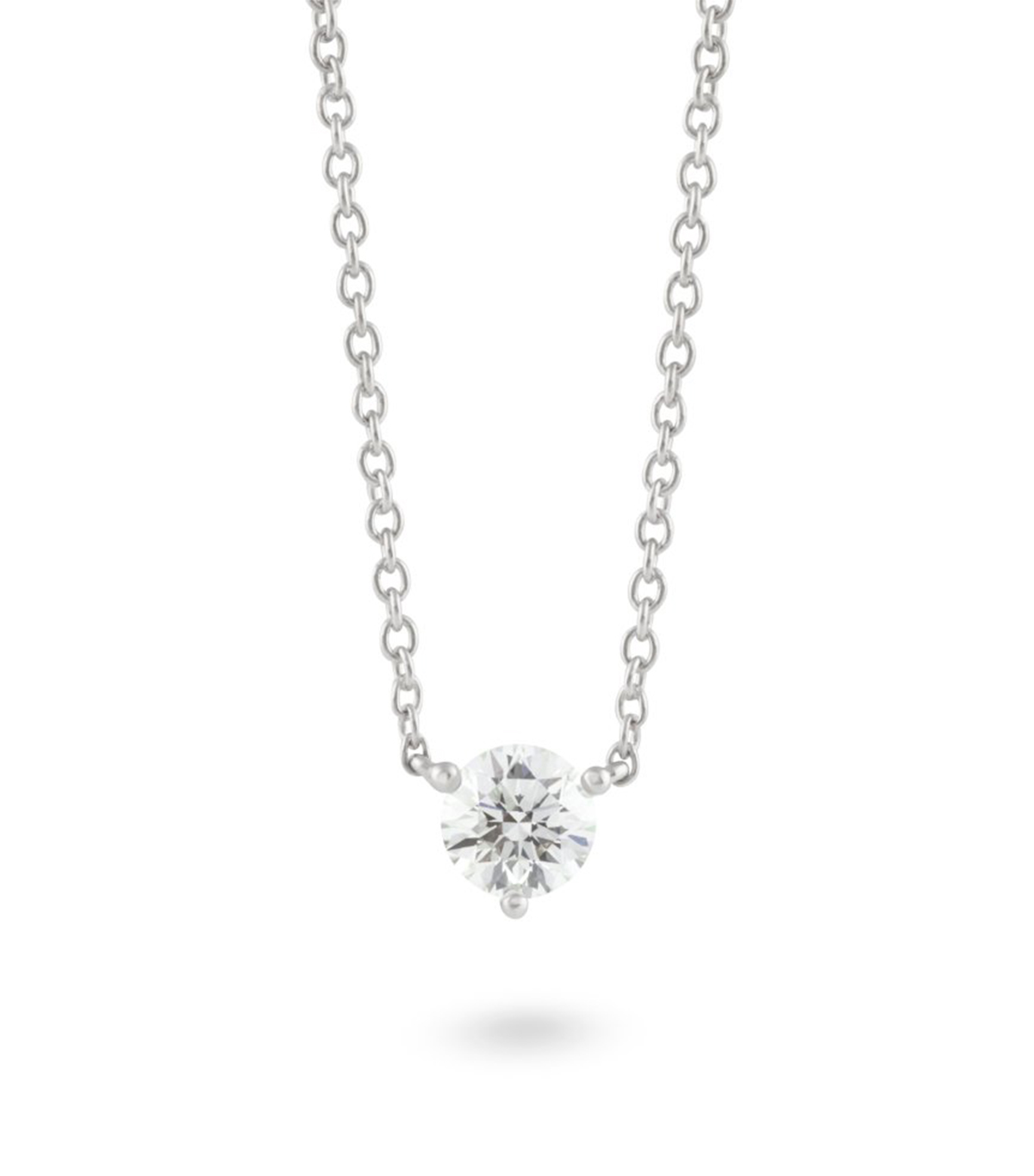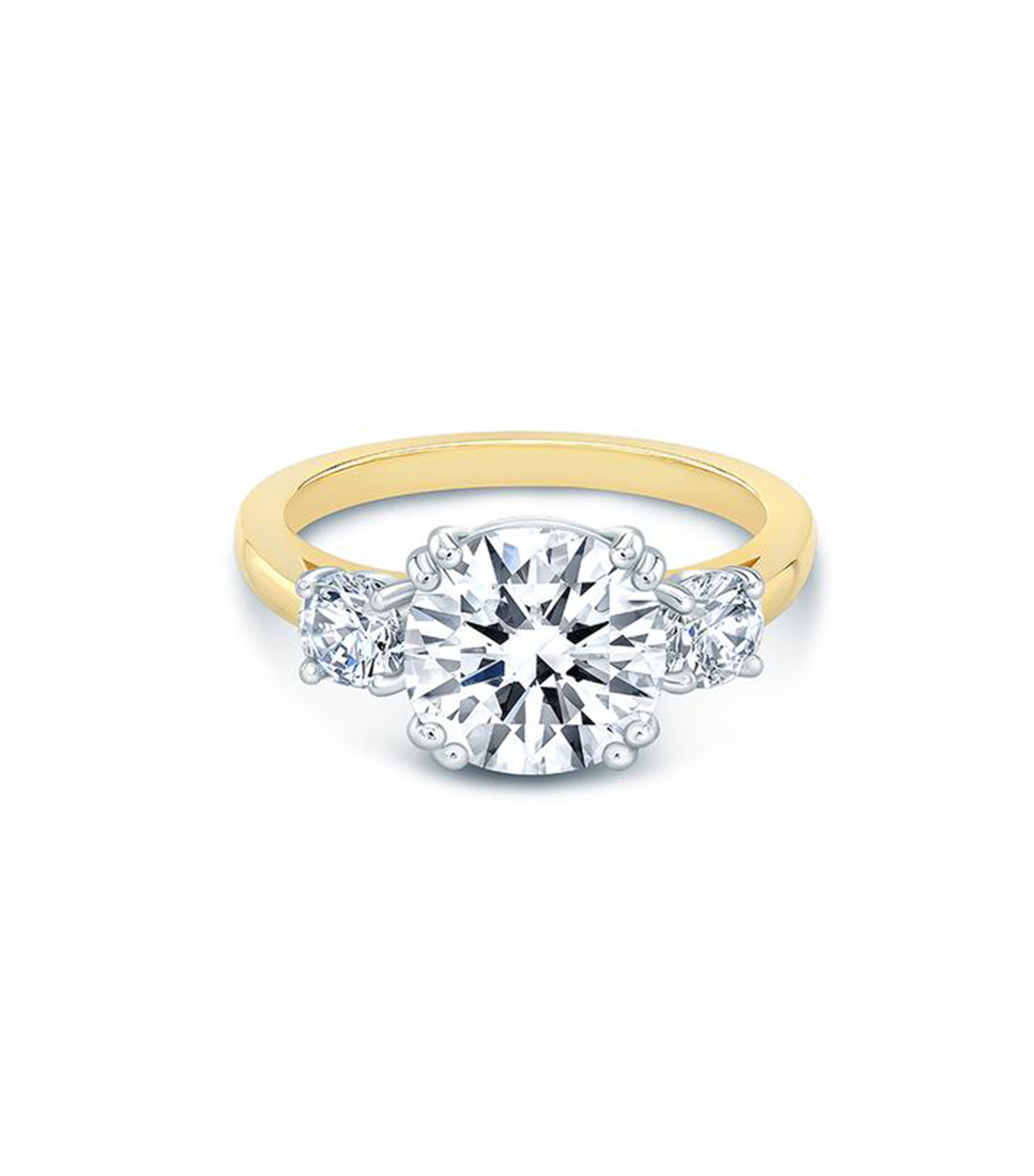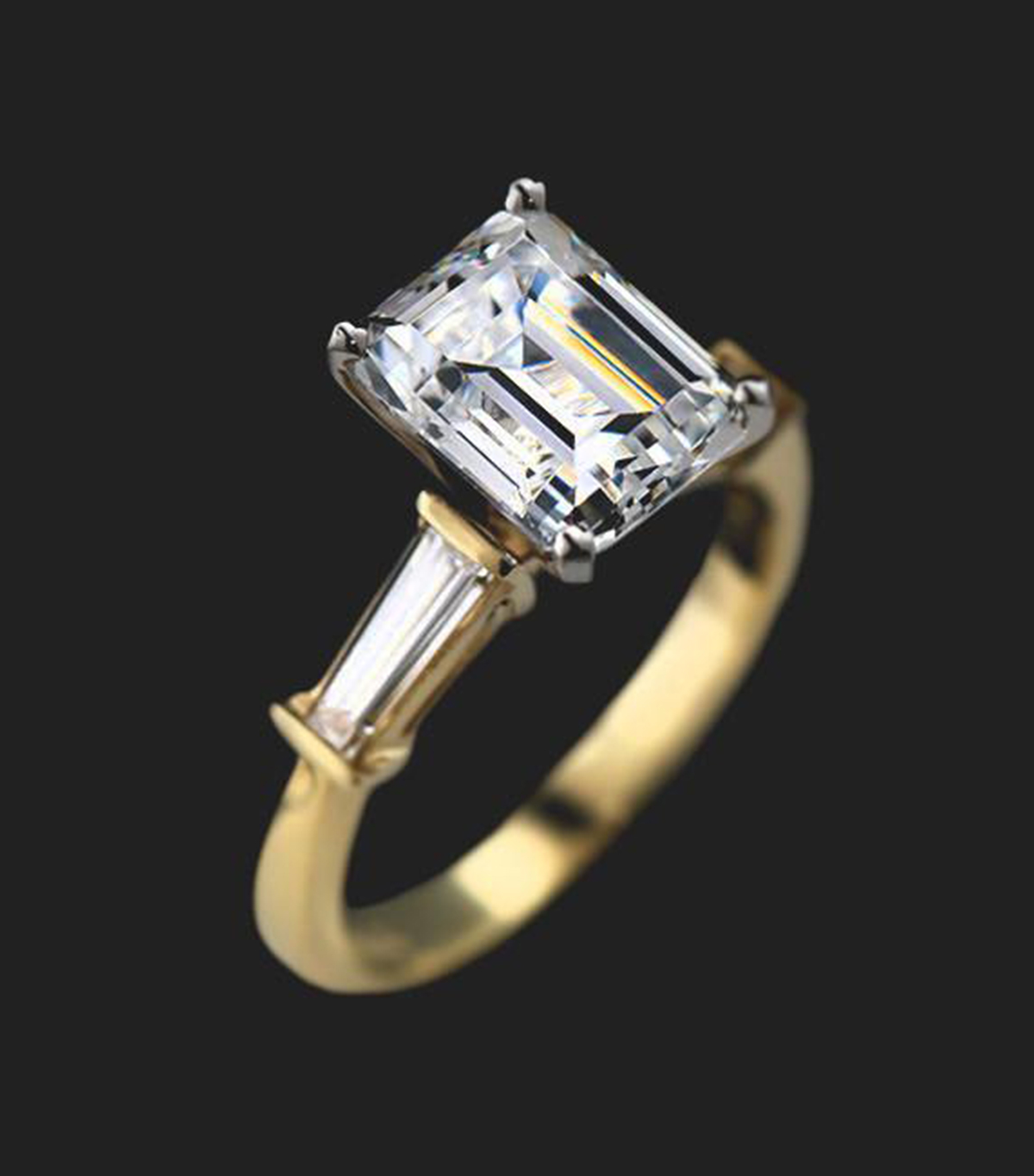6 Lies Everyone's Telling You About Lab-Grown Diamonds
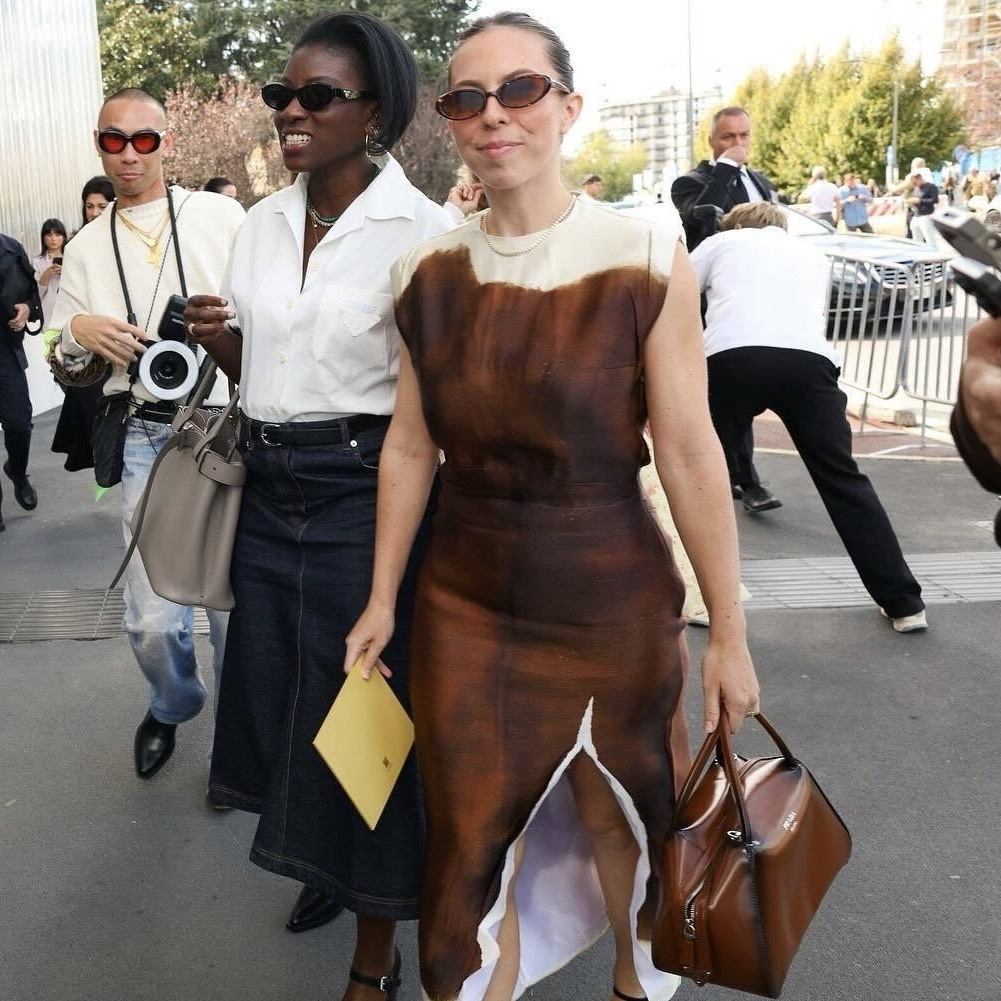
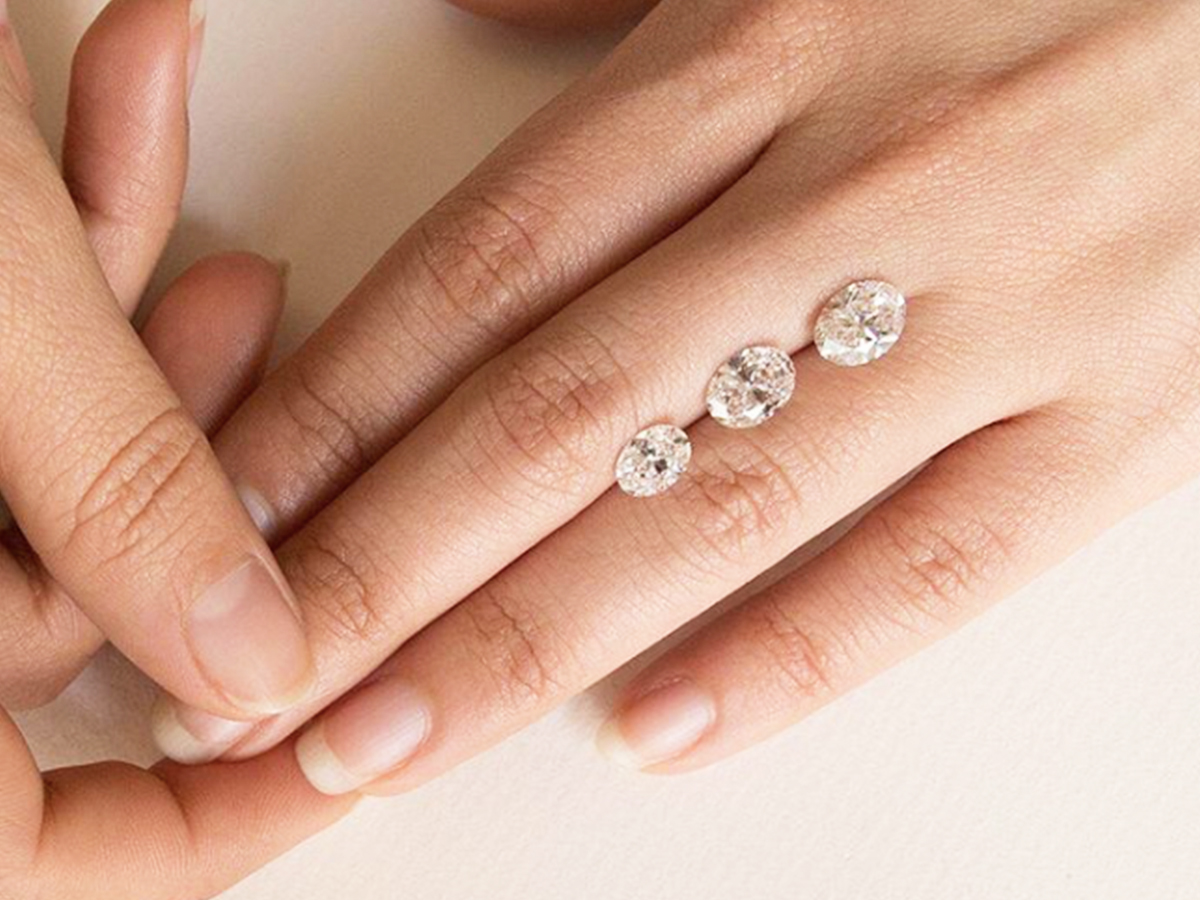
The diamond industry experienced quite a shift in the past few years as the hum of lab-grown diamonds quickly rose to a violent roar. Lab-grown, man-made, aboveground—whatever you choose to call them—diamonds might seem like a new concept, but the truth is that scientists have been toying around with the idea ever since they discovered in 1797 that diamonds are simply pure carbon that reflects light back. Whip some of that up in a laboratory, and you've got yourself a wildly beneficial product to be used in industrial applications due to its extremely hard surface, scratch resistance, and thermal conductivity.
When I first heard about lab-grown diamonds, I was very confused. Are they real? Are they expensive? How are they even made? Why would I buy a lab-grown diamond if I could have a "real" diamond? The list of pressing questions went on and on. Beth Gerstein, the CEO and co-founder of Brilliant Earth gave me a pretty solid definition of what a lab-grown diamond actually is: "Lab diamonds are grown in highly controlled laboratory environments using advanced technology that mimics the conditions under which diamonds naturally develop when they form in the mantle beneath the Earth's crust. Lab diamonds consist of actual carbon atoms arranged in the characteristic diamond crystal structure. As a result, they have the same physical, chemical, and optical characteristics as natural diamonds and exhibit the same fire, scintillation, and sparkle."
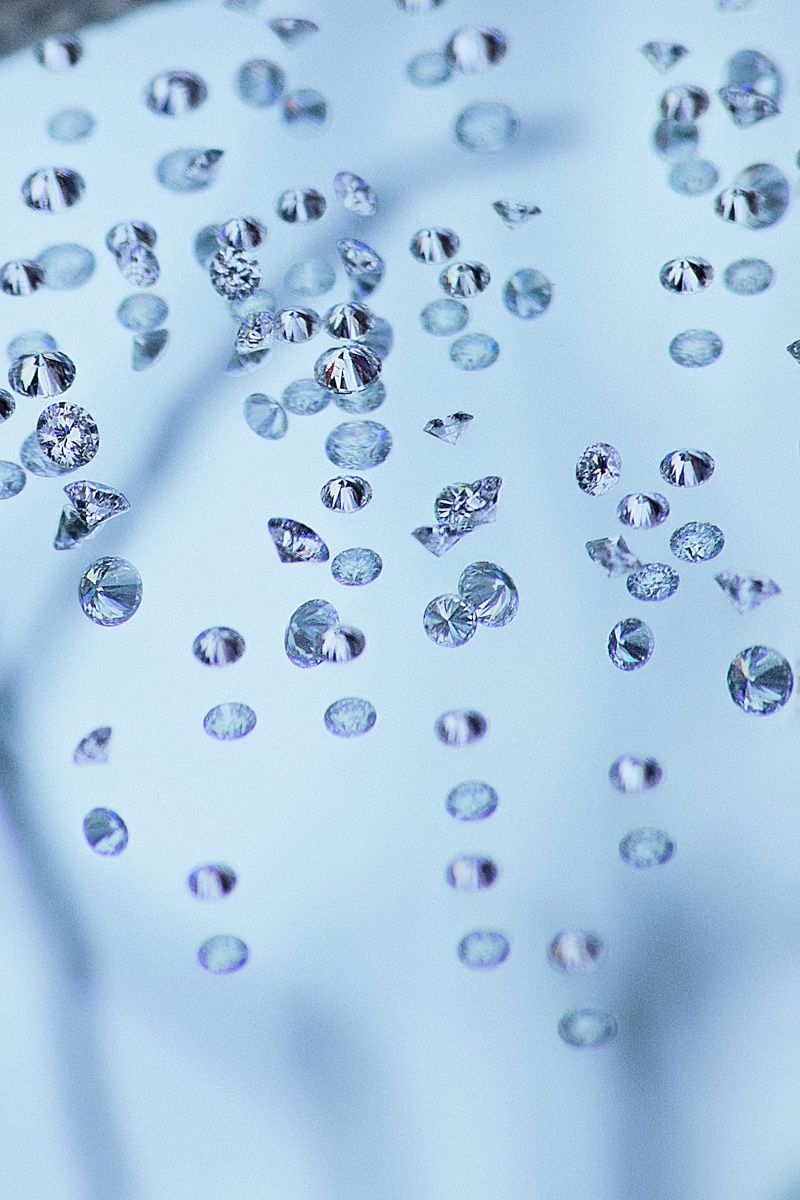
I started to bring the subject up at jewelry market appointments and breakfasts with fine-jewelry PR people, trying to get as much candid information as I could about the topic, and I quickly learned that there are many varying opinions on the matter. Some jewelers have vowed to only get their stones from labs, while others are still sourcing diamonds from mines. So who's right, and who's wrong?
As you'll learn later on, there is no right or wrong. It's a matter of personal preference, but in order to figure out which side it is that you prefer, you must be educated. There are a lot of misconceptions surrounding the topic of lab-grown diamonds, which is why I reached out to a handful of experts in the fine-jewelry industry, including jewelry designers, gemologists, and more, for their take on the matter. Ahead, read up on the most common lies you'll hear about lab-grown diamonds, in addition to the truth behind each of the biggest misconceptions.
Lie: Lab-grown diamonds aren't real diamonds.
No, lab-grown diamonds aren't cubic zirconia or moissanite. They are in fact real diamonds. A representative from the Diamond Foundry told us that "people often ask if aboveground diamonds are the same as mined diamonds. Yes, a diamond is a diamond—they are atomically identical—the only difference is the origin." Lab-grown diamonds are physically, chemically, and optically identical to mined diamonds, which can be hard to wrap your head around, but it's the truth. "In August 2018, the FTC even removed the word natural from their definition of a diamond, which has further reduced the idea that lab-grown diamonds are somehow 'less than' natural diamonds," says Renna Brown-Taher, designer and founder of jewelry line Renna.
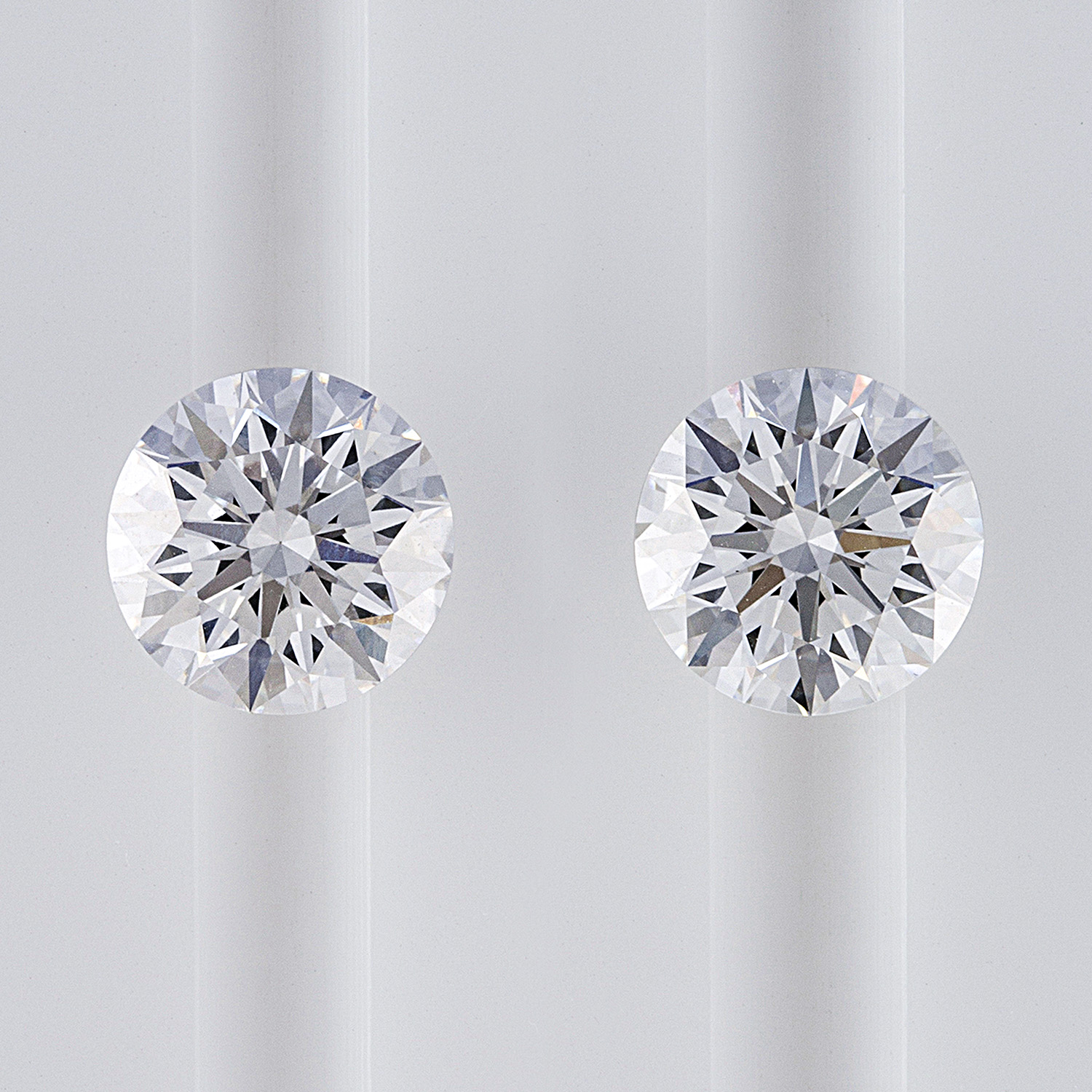
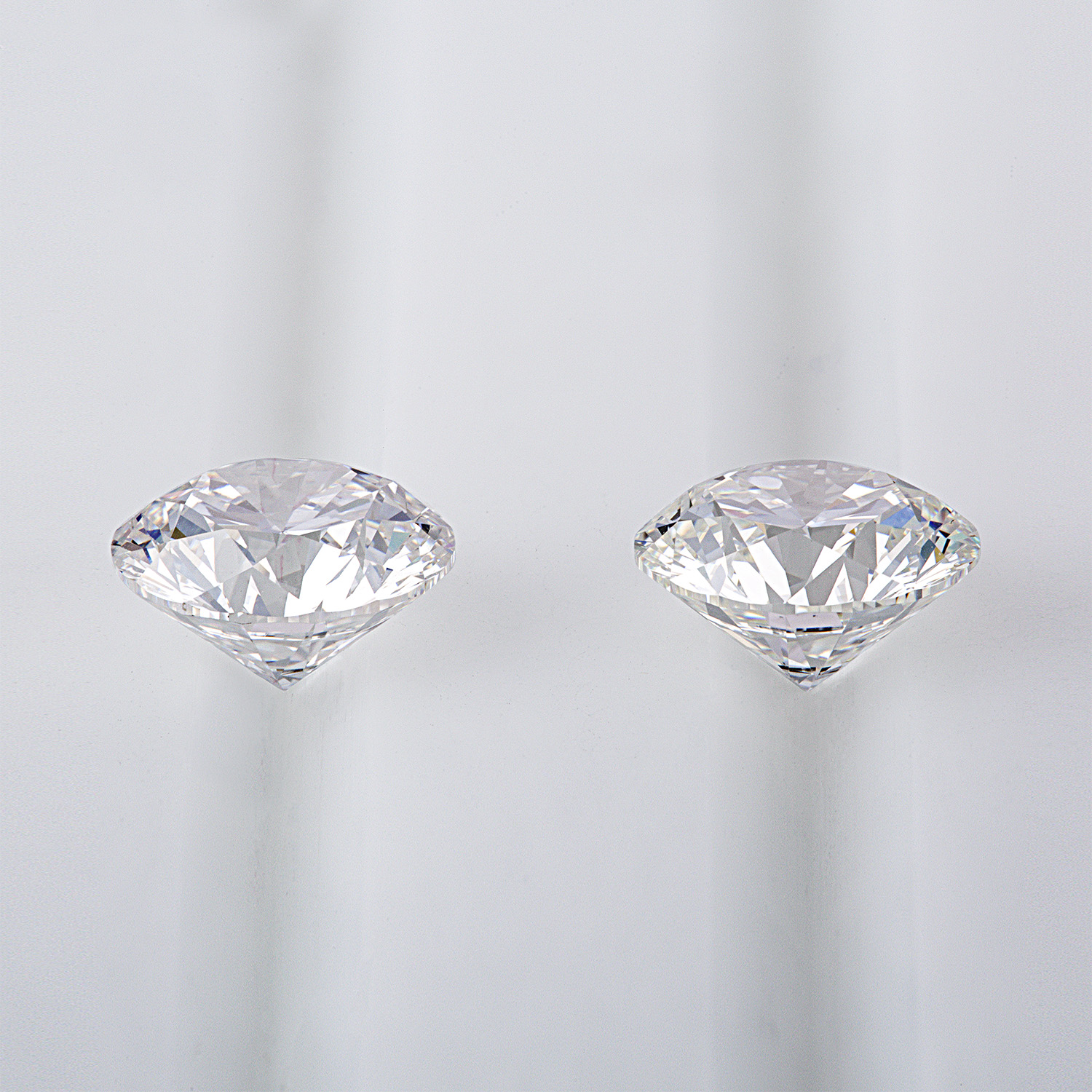
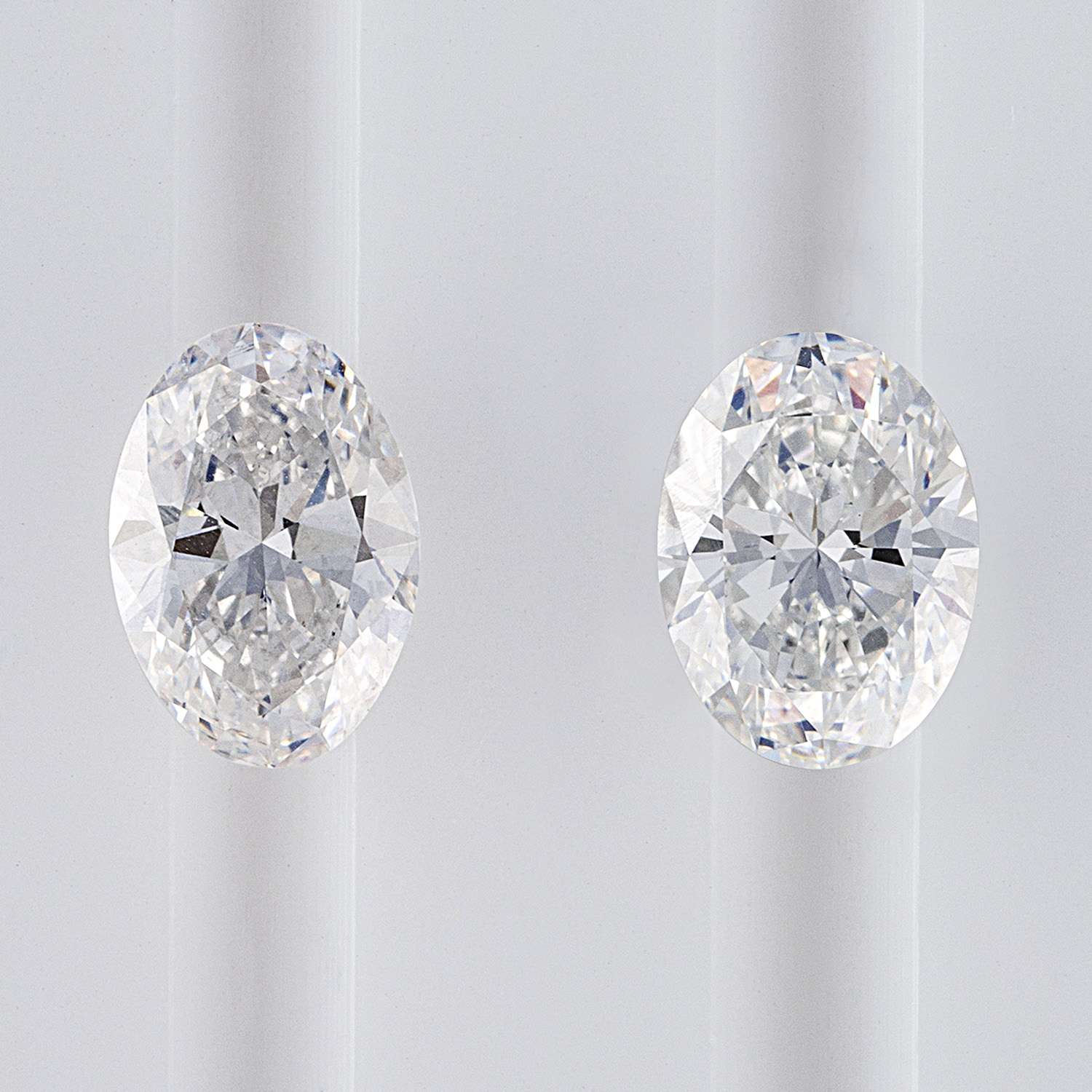
Lie: Lab-grown diamonds are graded differently than mined diamonds.
"A lot of people think lab-grown diamonds are mass-produced simulant stones that are created perfectly without any flaws, but in reality, they are individually grown from a seed and go through the same growing process as mined diamonds. This means lab-grown diamonds can be graded on the same 4C characteristics (color, cut, clarity, and carat) and are just as unique as any other diamond," says Vanessa Stofenmacher, Vrai & Oro founder and creative director.
Kimberly Berry Haisch, founder and CEO of KBH Jewels further elaborates on the fact that the same organizations (IGI and GIA) grade these man-made diamonds on the same exact scale as they would a mined diamond, further allowing them to decipher the price and quality of the stone. "Cultivated diamonds are real diamonds that are grown in laboratory greenhouses from baby diamond carbon seeds. These diamond labs/greenhouses mimic the conditions and duplicate the same scientific reactions as diamonds from beneath the Earth's surface. This highly complex process happens at a much faster and controlled rate, and the diamonds, on average, take about three to four months to grow to the size of one carat,” she says.
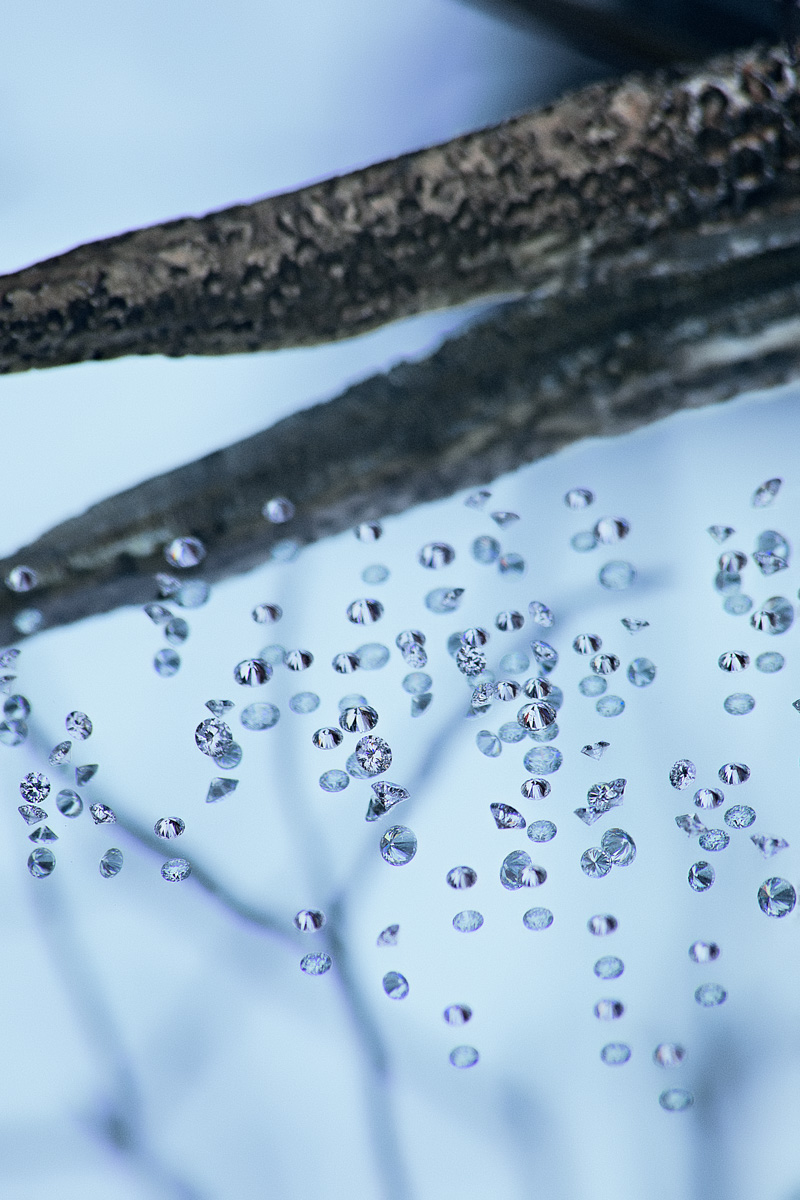
Lie: All lab-grown diamonds are 100% sustainable.
Now we're getting a little bit into the politics of this topic, and thanks to all the experts tapped here today, we have a wide range of views and opinions on the matter. Where you buy your diamond of choice is up to you, but it's important to take notes from all sides. Octavia Zamagias of fine-jewelry line Octavia Elizabeth informed us that simply opting for a lab-grown diamond isn't enough—where you buy your lab-grown diamond is also of the utmost importance.
"Companies like Diamond Foundry are working to create more energy-efficient ways of producing lab-grown diamonds, and to me, that really helps me get on board," says Zamagias. Further commenting on the transparently sustainable work being done at Diamond Foundry is jewelry designer Anna Sheffield, who says that "the process [of creating lab-grown diamonds] requires a huge amount of energy, and unless the company making the stones runs on solar or has a carbon offset program, the fossil fuels required to make the diamond are just as bad as mining for one. Consumers need to be educated about this. Foundry, for example, is very clear about this in their communications, and it was baked into the company's DNA."

Lie: All mined diamonds are unethical.
In case you haven't caught on yet, the theme here today is that there was a need in the market for a more sustainable and ethical way to source diamonds, and lab-grown diamonds were and are the answer. Since they're identical in makeup to mined diamonds, the natural consensus would be to only buy lab-grown diamonds, right? That's the only ethical choice? Well, that's not entirely true.
While Haisch takes time to remind us that "it's estimated that upwards of 1700 tons (equivalent to roughly 10 to 12 Manhattan city blocks of soil) are disrupted and displaced to mine for just one carat worth of diamond" and that "the vast and documented human rights abuses have long plagued the diamond-mining industry," Octavia Zamagias is here to point out that the diamond industry has also evolved in many ways, stepping farther and farther away from the Blood Diamond nightmare. "Just as there is confusion about lab-grown diamonds, there is still confusion about mined diamonds—ethical sourcing and provenance for instance. A naturally mined diamond can be ethical without a doubt—there have been huge leaps forward to enable this. For example, a diamond from Canada or Belgium, where the labor laws are extensive and they diligently take care of the process, will produce an ethical diamond where the laborers are paid a fair wage and the conditions are safe and sustainable,” says Zamagias.
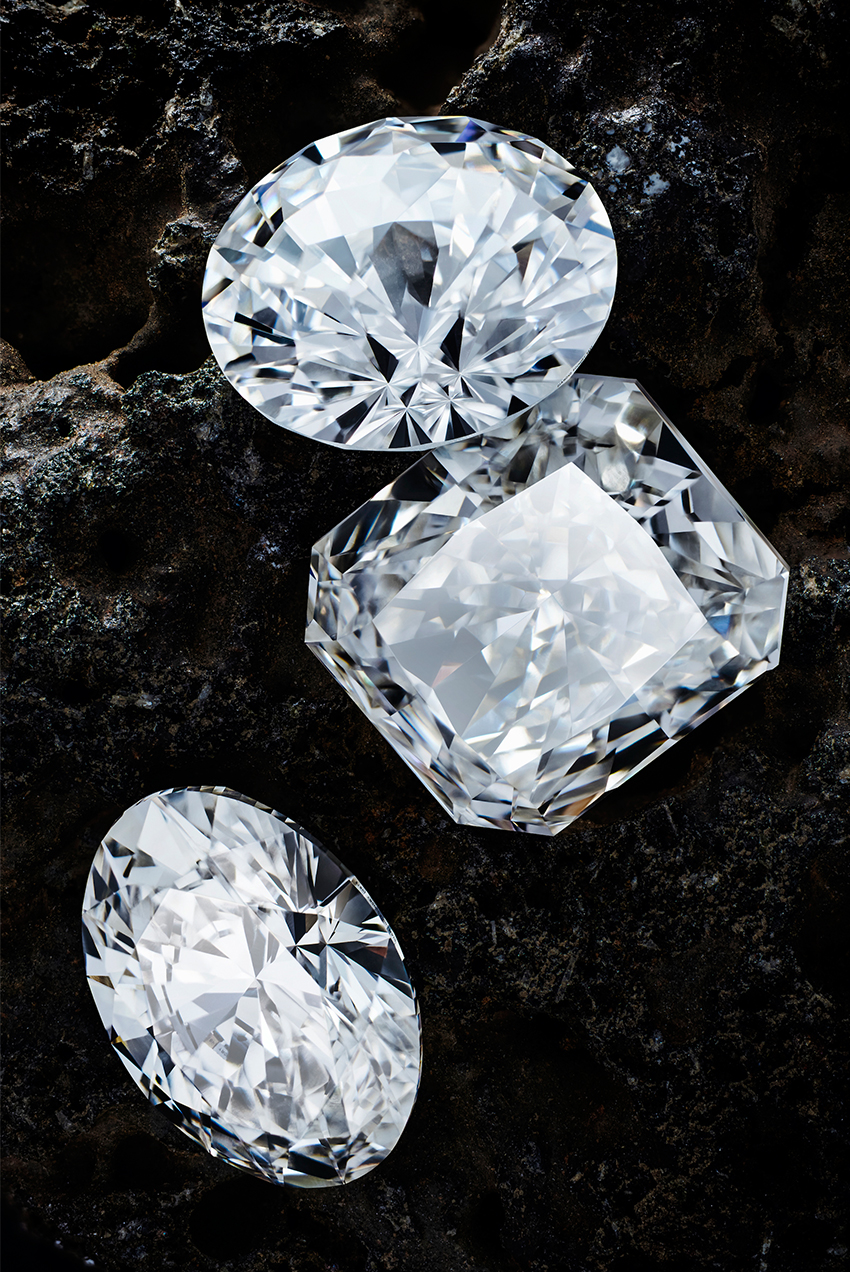
This industry does also provide massive employment opportunities in many areas, but as jewelry designer Selin Kent points out, "while the vast majority of natural diamonds are conflict-free (and you can source diamonds directly from Canadian mines), the only way be 100% certain of the source is to go with a lab-created diamond. And it goes without saying that it takes considerably less energy to grow a diamond in a lab than it does to mine it out of the ground."
Less energy, but no energy at all? No. Grant Mobley, certified gemologist, says that "natural diamonds are formed by intense natural heat and pressure over billions of years inside the Earth. Laboratory-created diamonds require an almost unimaginable amount of energy to artificially replicate that natural process in a matter of weeks. The energy used has a substantial environmental footprint. Some laboratory-created diamond producers make unsubstantiated claims that they are powered by renewable energy, but regulators aren't confirming these claims, and we know that the vast majority of production is in Asia, where there are fewer environmental regulations and most energy is produced from coal."
Lie: Lab-grown diamonds are cheap.
This is a common misconception stemming from the biggest misconception of the day, that lab-grown diamonds aren't real. People who haven't wrapped their head around the fact that both mined and man-made diamonds are "real" diamonds often feel confused when seeing the equally steep pricing. Why would I pay around the same price for a lab-grown diamond when I could get a real one for the same cost? Because they are both diamonds. So no, I am sad to report that lab-grown diamonds aren't some loophole in the pricing of the diamond industry. They are a little less expensive than mined diamonds but only by about 20% to 40%.
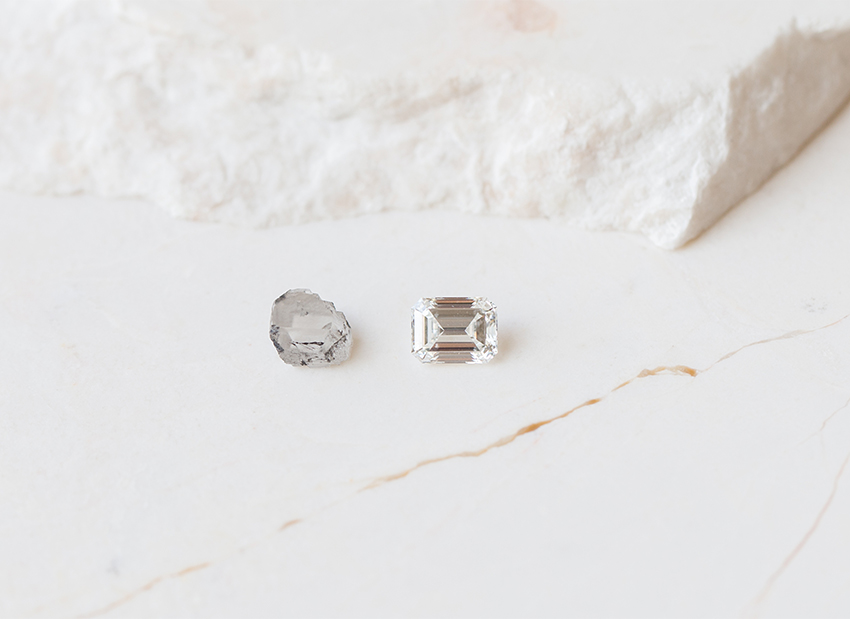
"One can expect to save, on average, about 40% going the lab-diamond route," says Ken Leung of Ken & Dana Design. "From a value standpoint and what your money can get, mined stones are a very compelling option. Finally, lab diamonds are a renewable resource. They can never run out, and they take much less energy to create." Since the stones are both graded by the same organizations on the 4Cs, the price is determined in essentially the same way. Zamagias has had many clients who come in with the idea that lab-grown diamonds will be cheap. "Currently, they're only about 20% less than a mined diamond. And if you are after a white VS diamond, then you pay a premium just like you would on a mined diamond," she says.
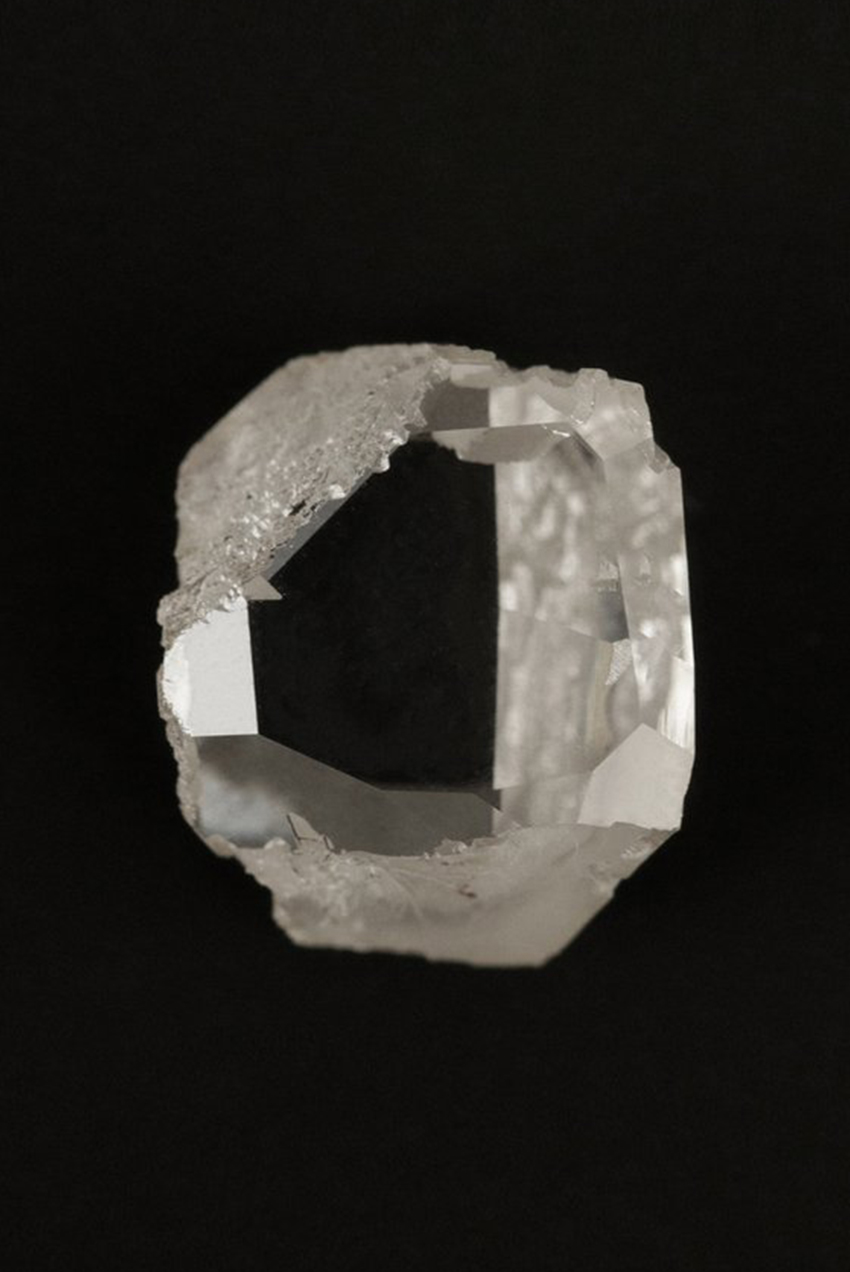
Lie: Buying a lab-grown diamond is the only "right" choice.
The last bit of information we want to leave you with is that when it comes to mined versus lab-grown diamonds, there is no objective right or wrong choice. This is truly a matter of personal preference. Below are some parting quotes from the experts you've been hearing from above on just how personal this choice is to the consumer, and why they support what they do.
"We aren't saying that diamonds formed in the Earth's mantle aren't special and unique; we are simply raising the question of whether you think the environmental and social consequences are worth it. Is the process of getting that diamond really a symbol of love. Grown diamonds are the result of innovative technology that should disrupt and introduce a new set of principles that brings responsible sourcing to the forefront of the jewelry industry. The end result is scientifically, physically, chemically, and optically identical to mined diamonds without the devastation." — Kimberly Berry Haisch, Founder and CEO of KBH Jewels
"When it comes to picking the correct stone for your partner, it's very important to select a stone you feel comfortable with and one that you both will cherish for years to come. At Ken & Dana, we present our clients with all the facts surrounding both our lab and mined diamonds, and we never pressure a client to select one stone over the other. We often find that it simply comes down to what the customer believes. Some clients believe mined diamonds are more 'real' or 'authentic,' or they simply don't know what to think about lab-grown diamonds, so they stick with mined diamonds, as they have been tried and true. This stance is very common and totally understandable; a natural diamond took billions of years to create underground. To present one to your partner for life is quite romantic." — Ken Leung, Founder of Ken & Dana Designs
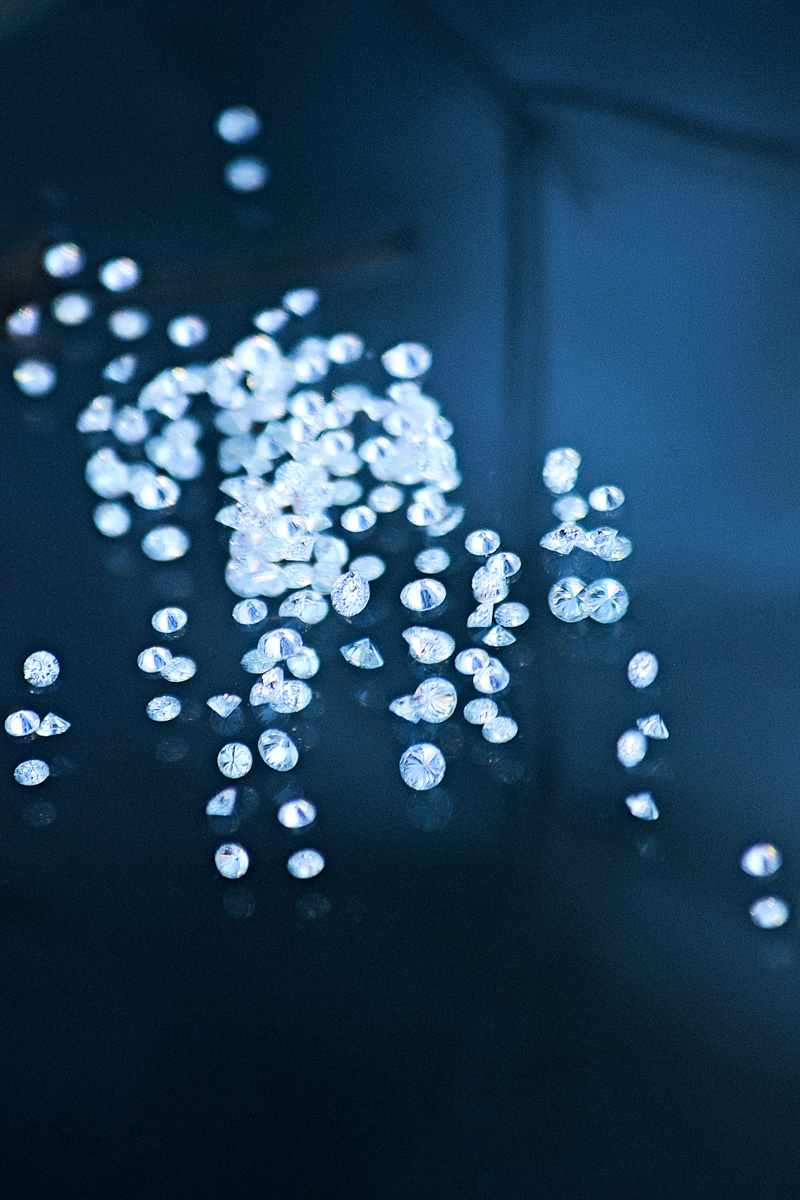
"There is no right or wrong. It's a matter of personal preference. Just like every other field is affected by modern technology, so is the diamond world! Lab-grown diamonds attempt to imitate the natural process of how diamonds are formed by Mother Nature. That's pretty much it. Diamonds have always been a controversial subject, how much we pay for them, how much they are actually worth, where they come from, and now, if you want the lab made ones or not." — Leehe Segal of Bleecker and Prince
"I personally prefer not to work with lab-grown diamonds, but I am not opposed to working with them upon client request. If a client is looking for an environmentally and socially conscious alternative to newly mined diamonds, then recycled diamonds are an amazing resource. Recycled diamonds refer to antique, vintage, and modern cuts that have been reintroduced into the market, typically removed from old or damaged settings." — Ashley Zhang
"Something I personally love about mined diamonds and colored gemstones is the story behind each—the provenance, so to speak. A diamond in the Earth can take millions of years to form, and to me, that is pretty neat. Having the ability and the science through to literally grow a diamond in a lab in one month time is cool though too! The science and research behind these labs are extensive.” — Octavia Zamagias
Shop lab-grown-diamond jewelry:

Lauren Eggertsen is currently the editorial director of Who What Wear and has worked at the company for over nine years, where she started as an associate editor and has since worked her way up. Lauren has worked in the Los Angeles and New York Who What Wear offices but currently calls L.A. home. Here, she leads and manages Who What Wear's editorial team and oversees all editorial content. Lauren's role also includes helping to set the fashion direction for all original photo shoots and often styles many celebrity cover shoots, including big names like Kaia Gerber, Normani, and Sabrina Carpenter. She has also attended multiple fashion weeks, including New York, London, Milan, and Paris, where her style has been featured on sites such as Vogue, Harpers Bazaar, and Elle.
-
 6 Fall 2025 Runway Trends I Already Found at Zara, H&M, and Mango
6 Fall 2025 Runway Trends I Already Found at Zara, H&M, and MangoAffordability's never looked so good.
By Eliza Huber
-
 From Prada to COS—Here's Everything I Packed and Wore for Milan Fashion Week
From Prada to COS—Here's Everything I Packed and Wore for Milan Fashion WeekA full breakdown.
By Eliza Huber
-
 Alix Earle Takes Fashion Risks for Miu Miu (Yes, That Includes Socks With Heels)
Alix Earle Takes Fashion Risks for Miu Miu (Yes, That Includes Socks With Heels)Anything for Mrs. Prada.
By Ana Escalante
-
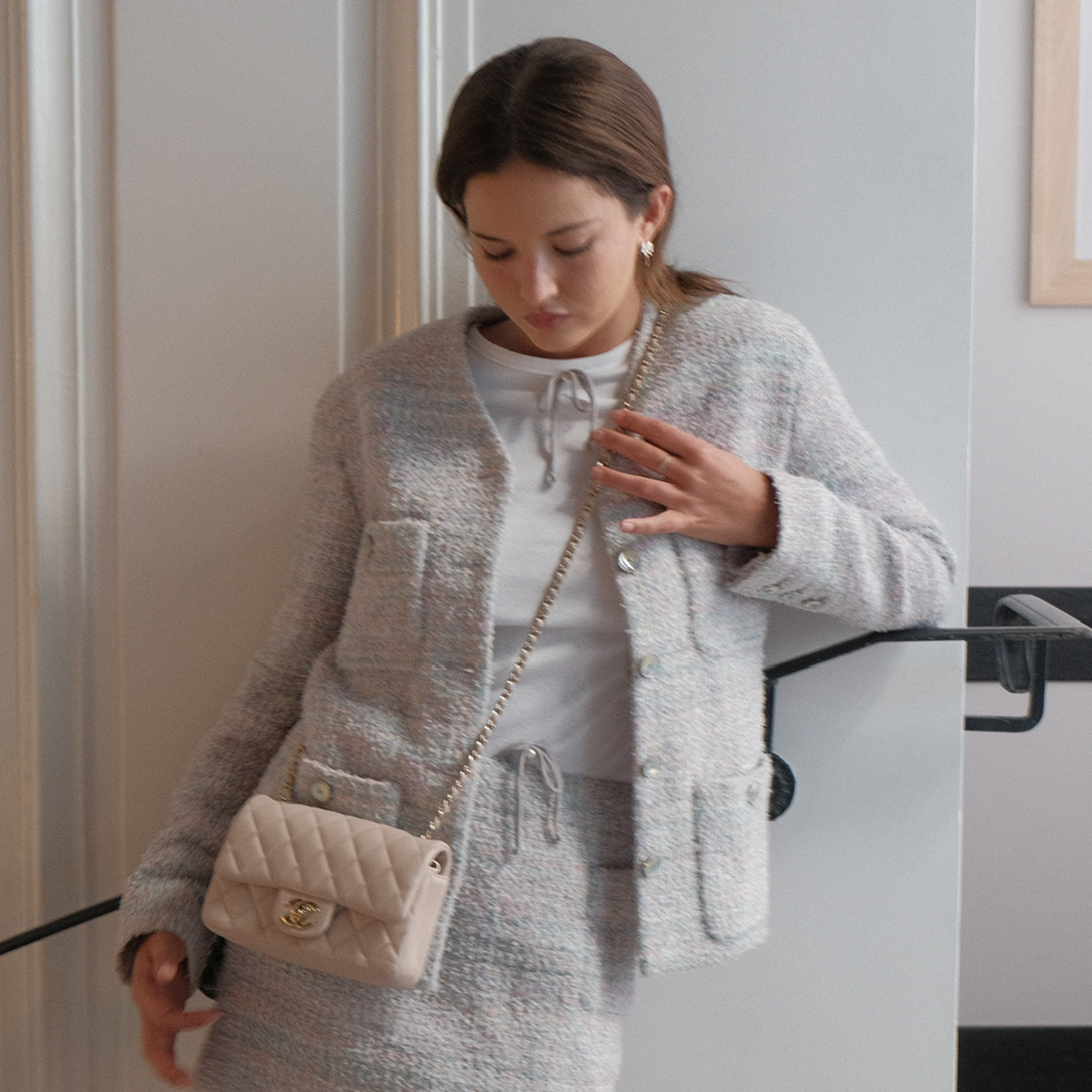 Ruby Lyn Is Channeling Her Inner Chanel Girl at Paris Fashion Week
Ruby Lyn Is Channeling Her Inner Chanel Girl at Paris Fashion WeekGet ready with the Gen Z icon for Paris Fashion Week.
By Ana Escalante
-
 Inside a Parisian Train Station, Louis Vuitton Presents a Collection of Traveling Characters
Inside a Parisian Train Station, Louis Vuitton Presents a Collection of Traveling CharactersAll aboard.
By Eliza Huber
-
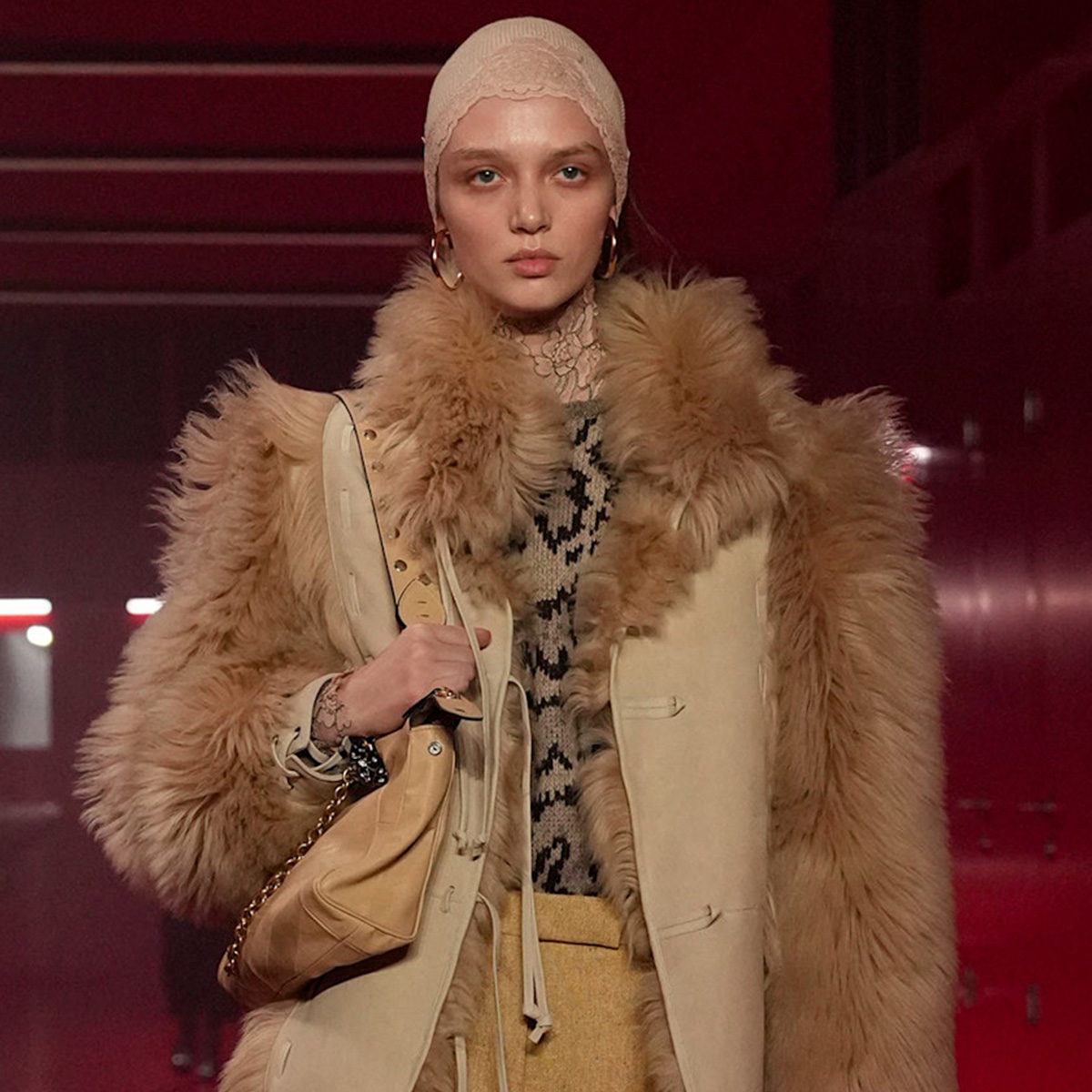 In Valentino's Powder Room, Maximalism Reigned, Vans Debuted, and Furry Details Proved Their Worth
In Valentino's Powder Room, Maximalism Reigned, Vans Debuted, and Furry Details Proved Their WorthOh my!
By Eliza Huber
-
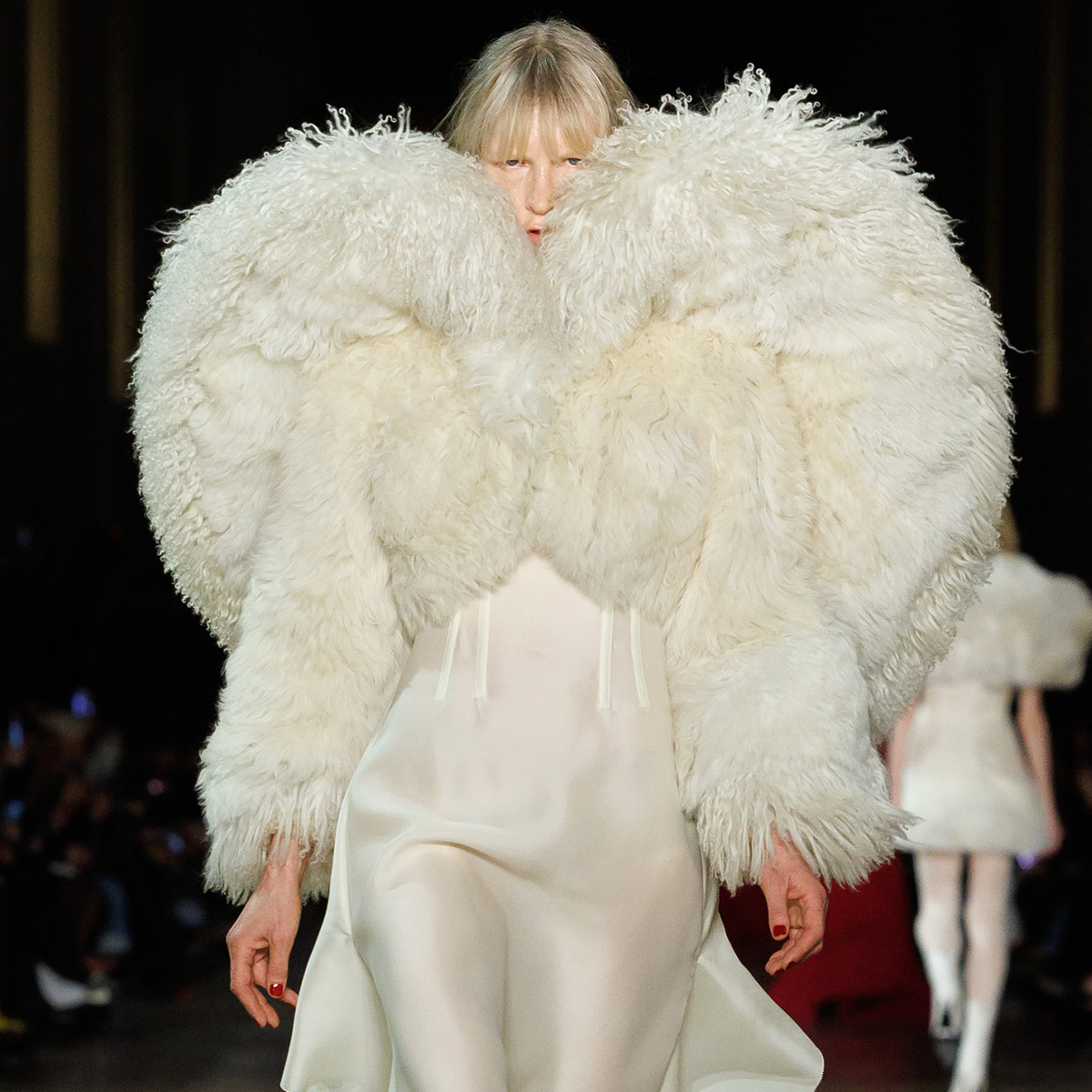 From Victorian Collars to Aughts Skull Scarves: 5 Takeaways From McQueen's F/W 25 Show
From Victorian Collars to Aughts Skull Scarves: 5 Takeaways From McQueen's F/W 25 ShowAnd don't forget the boots!
By Eliza Huber
-
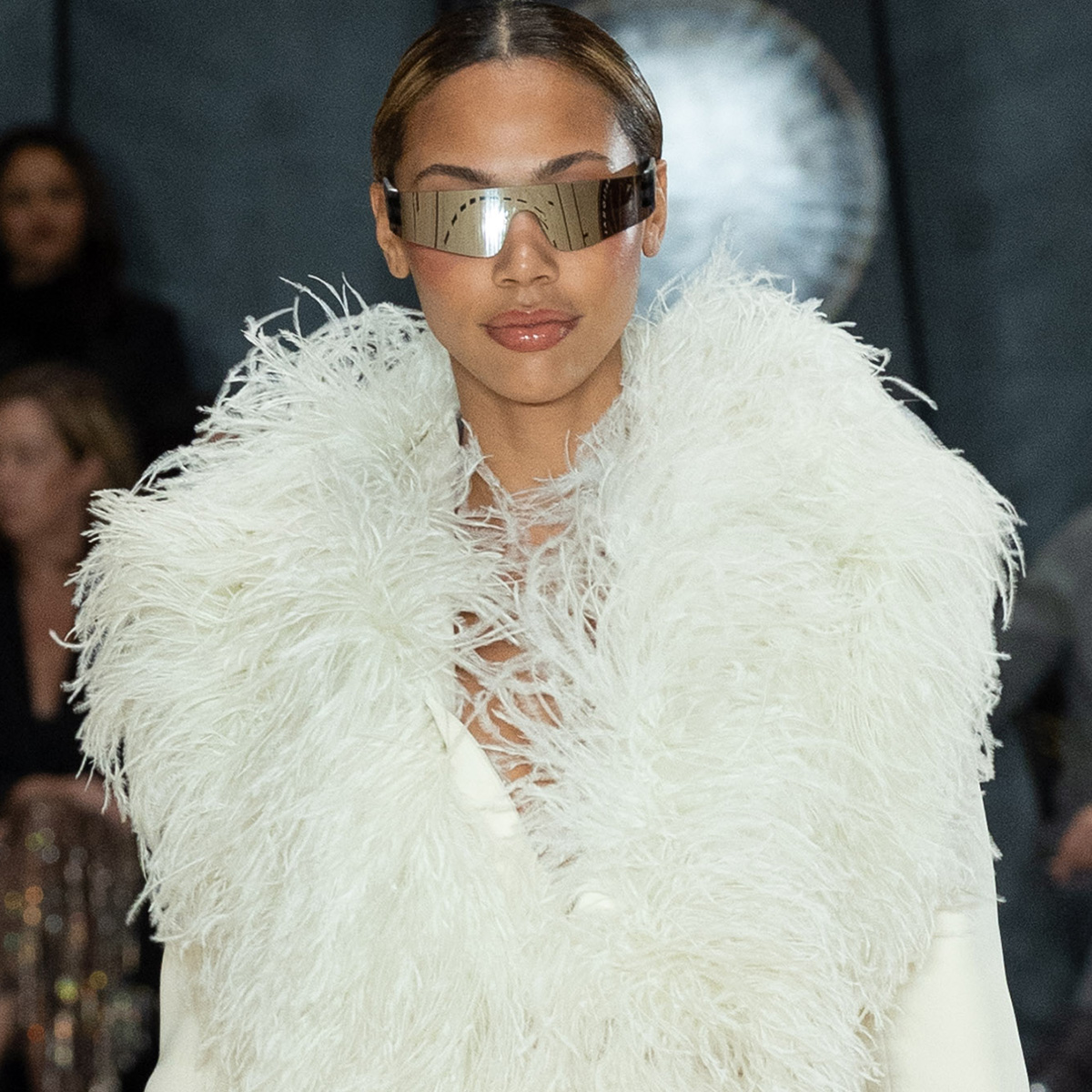 All the Happenings in the World of Fashion and Sports Right Now
All the Happenings in the World of Fashion and Sports Right NowAll in one place.
By Eliza Huber
